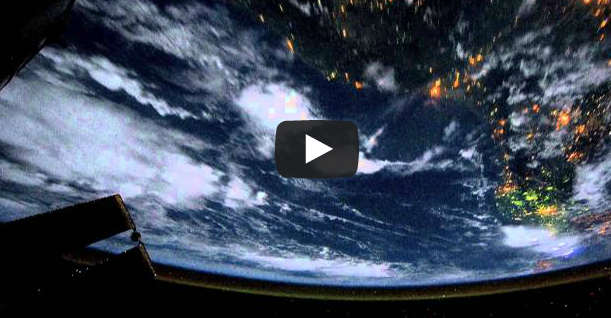From NASA Goddard Space Flight Center. NASA’s The Fermi Gamma-ray Space Telescope has been catching brief outbursts of high-energy light that are mysteriously produced above thunderstorms.
The outbursts, known as terrestrial gamma-ray flashes (TGFs), last only a few thousandths of a second, but their gamma rays rank among the highest-energy light that naturally occurs on Earth. The enhanced GBM discovery rate helped scientists show most TGFs also generate a strong burst of radio waves, a finding that will change how scientists study this poorly understood phenomenon.
Lightning emits a broad range of very low frequency (VLF) radio waves, often heard as pop-and-crackle static when listening to AM radio. World Wide Lightning Location Network (WWLLN) researchers routinely detect these radio signals and use them to pinpoint the location of lightning discharges anywhere on the globe to within about 20 km. Scientists have known for a long time TGFs were linked to strong VLF bursts, but they interpreted these signals as originating from lightning strokes somehow associated with the gamma-ray emission.
Click the image to see the YouTube video.

